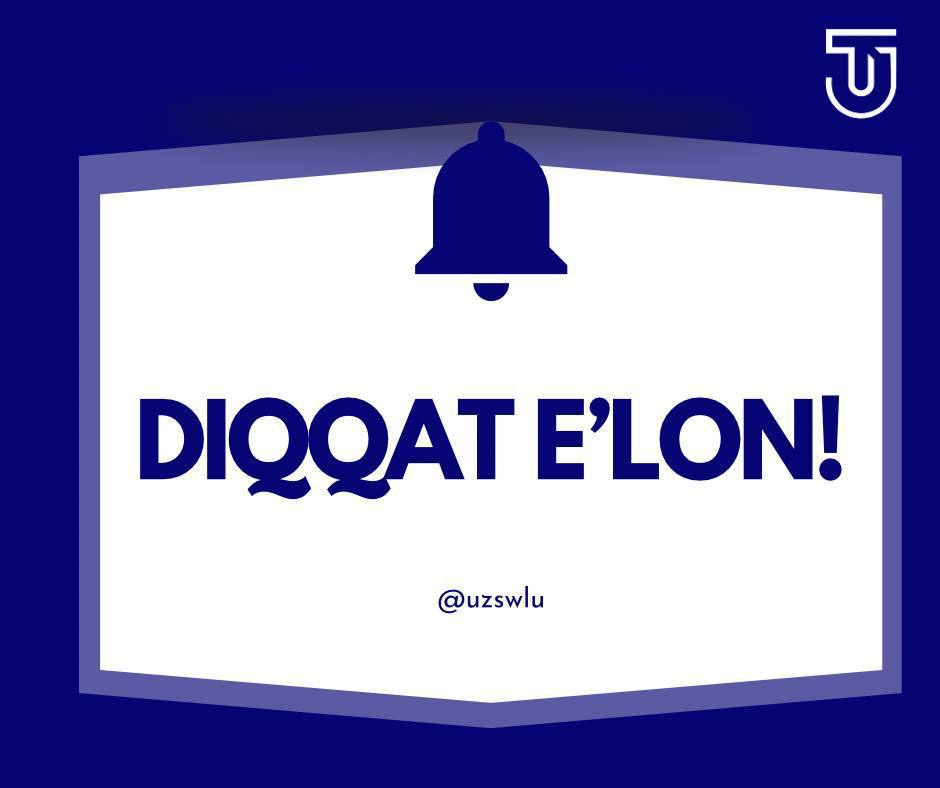Today, in our country, special attention is paid to the issue of installing solar panels, and insights are being given about the effective use of alternative energy sources.
Currently, along with all higher educational institutions, the work of installing solar panels is being carried out at the State University of World Languages of Uzbekistan.
At the same time, it is explained to university professors and students that it is possible to achieve energy saving by installing solar panels in their own apartments.
We remind you that in 2022, through the electronic cooperation portal, lot No. 22311008137500 No. 0137500 on 09.25. In 2022, a contract worth 1 billion 150 million soms was concluded.
Joint work was carried out with the experts of the manufacturing company on the installation and commissioning of solar photovoltaic panels and the project estimate documents, and the 2nd educational building in the new educational administrative building of the university at the address of G9a district, Kichik Halka road 21 226 steel panels were installed on the roof and put into operation.
On March 13, 2023, a contract No. 0167776 of 1 billion 926 million soums was concluded with LLC "SOLAR NATURE" through the electronic cooperation portal for the installation and operation of a solar photoelectric plant with a capacity of 180 kW at the university under lot No. 2331111008163776 and a 180kW solar photovoltaic plant was installed and commissioned at the university.
Solar panels are connected to the networks of JSC "XET" and included in the "Green Energy" platform of the Customs Committee.
During 2023, it is planned to install and start up a solar photoelectric power plant with a capacity of 420 kW in the 2nd quarter and 600 kW in the 3rd quarter at the university with extra-budgetary funds.
To date, 86,000 kWh (68 million soums) of electricity has been produced from the solar photoelectric plant installed at the university. Example: (1 month) In May, the output of the university was 200,000 kW, and on May 23, 33,800 kW was received from the solar photoelectric plant. 17% of the university's 1-month electricity demand was covered by installed solar photoelectric plants.










